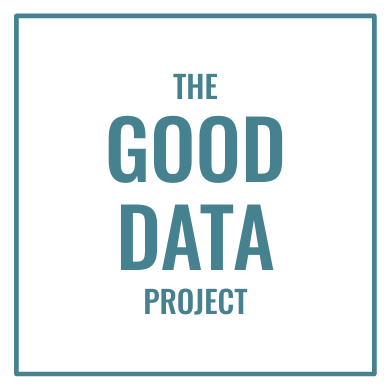The people who design reports for Salesforce make a lot of charts. (The company’s resources page promotes hundreds of downloads, many containing dozens of data graphics.) I’m sure they long ago grew bored. So when these designers created an infographic about app development they decided to strut their stuff.
The result of their unchecked creativity? Inaccurate visual weights that deceive the reader and violate the golden rule of charts and graphs:
1. The bubble chart overweights the largest responses. The chart above says about twice as many companies involve IT in app development as involve marketing (81% vs 42%). But the bubble representing IT is 3.7x bigger than the bubble representing marketing — almost double the size it should be.
The problem: Salesforce used diameter rather than area to scale the bubbles. The “marketing” bubble is about half as wide as the “IT” bubble, which at first sounds correct. But as we learned in school, the area of a circle is πr². If you want to make one circle half the size of another, reduce the diameter by about 29%, not by 50%.
Nearly every bubble chart I see contains this error. If you’re going to represent data with bubbles, scale them based on their area.
2. Salesforce’s pyramid charts are even worse. Think this report can’t do worse than the bubble chart? Think again. Salesforce’s triangles are much more deceptive than their circles.
This pyramid-style chart says three times more executives hope to improve app engagement than hope to improve app support (45% vs 15%). But the pyramid for “engagement” is about 9x bigger than the one for “support” — three times bigger than it should be.
A “bar chart” that uses pyramids in place of bars. Source: Salesforce.
3. Even the pie chart deceives readers. Surely Salesforce can’t go wrong with a simple donut-style pie chart?
They can. To highlight their favorite responses to this question, the designers made the segments representing “high priority” and “very high priority” thicker than the segments representing the other data. They also displayed these “good” responses in much darker colors. The result: Even though more people answered “medium priority” than “very high priority” (25% vs 21%), the chart makes the “very high” response look much bigger.
A donut-style pie chart that gives some responses more visual weight than it should. Source: Salesforce.
I don’t think Salesforce’s designers tried to mislead or deceive. (We’re not talking about Fox News here.) They simply took too many liberties in the name of creativity — and they didn’t make sure the data still worked. Let’s learn from their mistakes.
What’s the worst “creative” chart or graph you’ve seen? Let me know in the comments below, or on LinkedIn or Twitter.
Want good data delivered to your inbox? Subscribe here.



